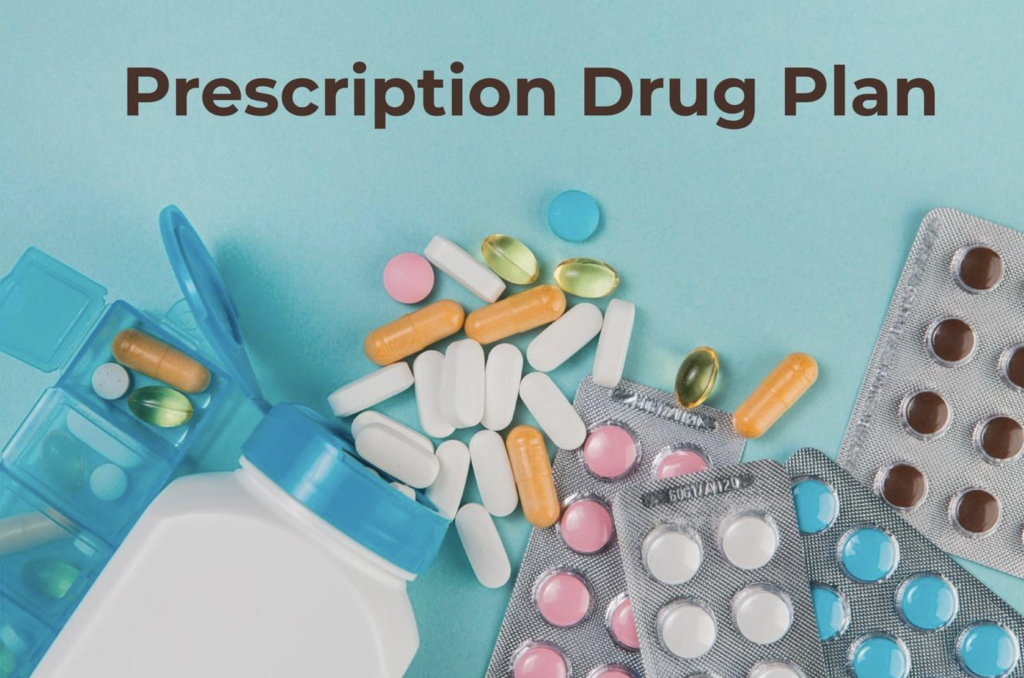
Aetna is a company that provides health insurance to individuals and families, as well as to businesses. Recently, they announced a new prescription drug plan called Aetna Medicare Advantage. This plan is designed to provide coverage for prescription drugs for people who are enrolled in Medicare. In this blog post, we will take a closer look at the details of this plan and compare it to other available options. As well as some of the features they offer.

Quick Aetna Overview
Quick Aetna Medicare Prescription Drug Plans (PDPs) review: Aetna offers prescription drug coverage through three stand-alone Part D PDPs and as a bundled service in their Medicare Advantage preferred provider organization (PPO) and health maintenance organization (HMO) plans. CVS Health Corporation acquired Aetna in 2018, and the company’s PDPs are available in 22 states. All of Aetna’s PDPs have a Medicare star quality rating of 3.5 out of five stars. In addition they have a large pharmacy list.
CVS/Aetna’s SilverScript Smart RX plan has the lowest average monthly premium in 2022, and CVS is one of four main providers of stand-alone Part D prescription drug plans in the United States. Monthly premium prices vary depending on where you live and the type of plan you choose. You can find plans and U.S. Centers for Medicare & Medicaid Services (CMS) quality rating information by searching Medicare.gov.
If you have Original Medicare Part A and/or B or a Private Fee-for-Service (PFFS) Medicare Advantage Plan, you can purchase one of Aetna’s stand-alone Part D plans. If you have an Aetna PPO or HMO Medicare Advantage Plan, your plan should include drug coverage.
Pros and Cons of Their Prescription Drug Plans for 2022
Here are some of the Pros:
- Lower Monthly Premiums
- Broad Preferred Pharmacy Network
- The lowest monthly premium for people with no medications.
Here are some cons:
- Only Available in 22 states
- Not all their plans participate in the senior savings model ( for insulin)
- Average quality rating from CMS
What Does Aetna Medicare Part D Plan Cover?
Aetna’s Medicare Part D plans are regulated by CMS and must cover a wide range of prescription drugs that people with Medicare take. Plans include a coverage gap that begins when you and your plan have spent a certain amount ($4,430 in 2022) on prescription drugs and ends when you’ve spent $7,050 and entered the catastrophic coverage period. You then will pay a small coinsurance percentage or copayment amount for drugs you need until the end of the year. When you are in the coverage gap, you will pay up to 25% of drug costs.
Aetna has a formulary (list of drugs) and separates drugs into tiers that correspond to costs. Lower tiers include generic, lower-cost medications, and higher tiers include higher-cost, brand name, or specialty drugs.
Your share of costs for each prescription drug may change depending on which pharmacy you choose, the tier of the drug, and when you enter each coverage phase. You must meet your annual deductible before your plan pays unless you choose a plan that covers tiers 1 and 2 without the deductible requirement. Generic drugs and those obtained from in-network, preferred pharmacies are the least expensive.
Aetna’s SilverScript Plus plan is the only one that participates in the Senior Savings Program
Medicare.gov (N/A)
The official U.S. government website for Medicare provides information about plans, coverage, costs, claims, resources, and more to the public.

What Are Your Options?
Aetna offers three different Part D Plan options:
- A basic plan (SilverScript Smart RX) with the lowest monthly premiums and no deductible for drugs in tier 1. It may be best for you if you don’t need prescription drugs but need prescription drug coverage to avoid paying late penalties
- A medium-range plan (SilverScript Choice) with a zero deductible for drugs in tiers 1 and 2. A good choice if you qualify for Extra Help.
- A more comprehensive plan (SilverScript Plus) with the highest monthly premium and a zero deductible. This is the only plan that offers the Senior Savings Model for insulin and includes tier 1 and 2 gap coverage and extras such as prescription vitamins and erectile dysfunction drugs.
All three of Aetna’s plans include a zero deductible and minimal copay for tier 1 generic drugs from a preferred pharmacy (Walmart, Costco, King Soopers, Safeway, and CVS). Initial coverage limits and annual out-of-pocket threshold amounts are the same for all three plans. These types of plans and coverage limits are similar to other carriers of Part D prescription drug coverage. The differences lie in the monthly premiums, formularies, and preferred pharmacies.
When it comes to drug coverage or advantage plans. Aetna has a ton of good options. Please reach out with any questions you have.
